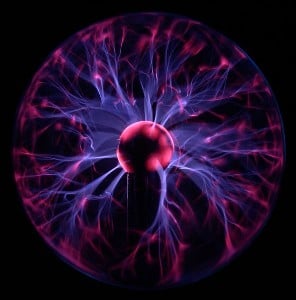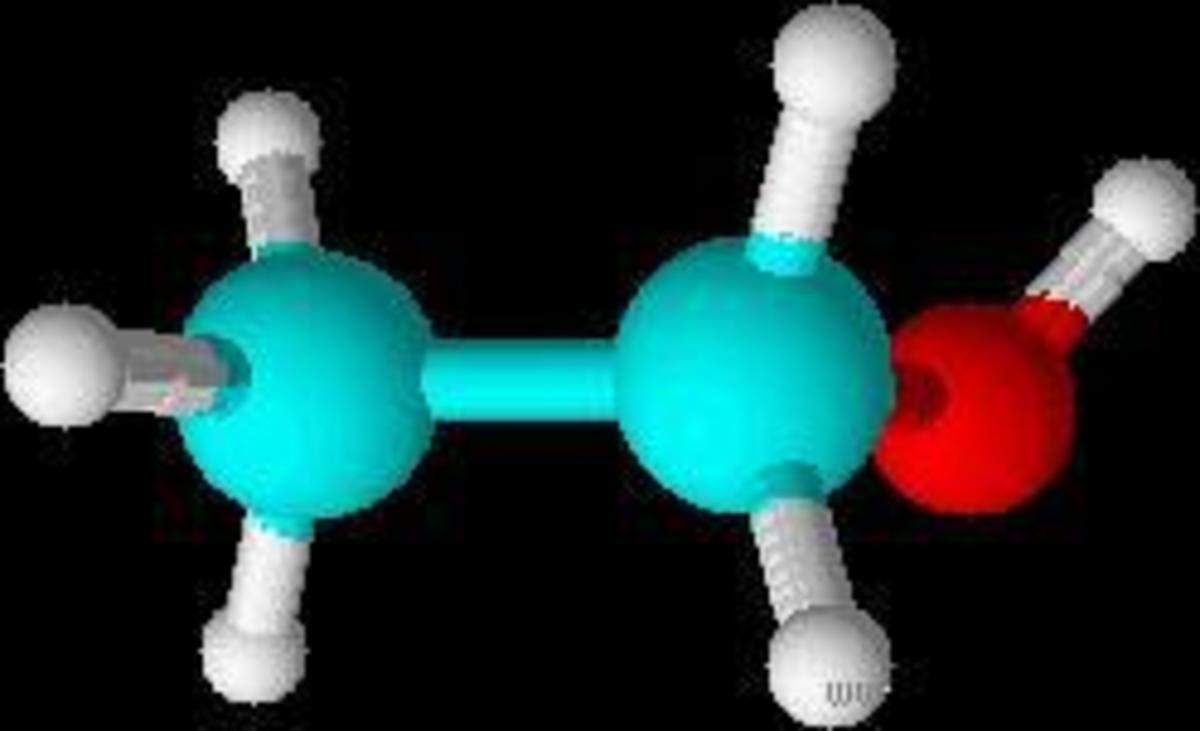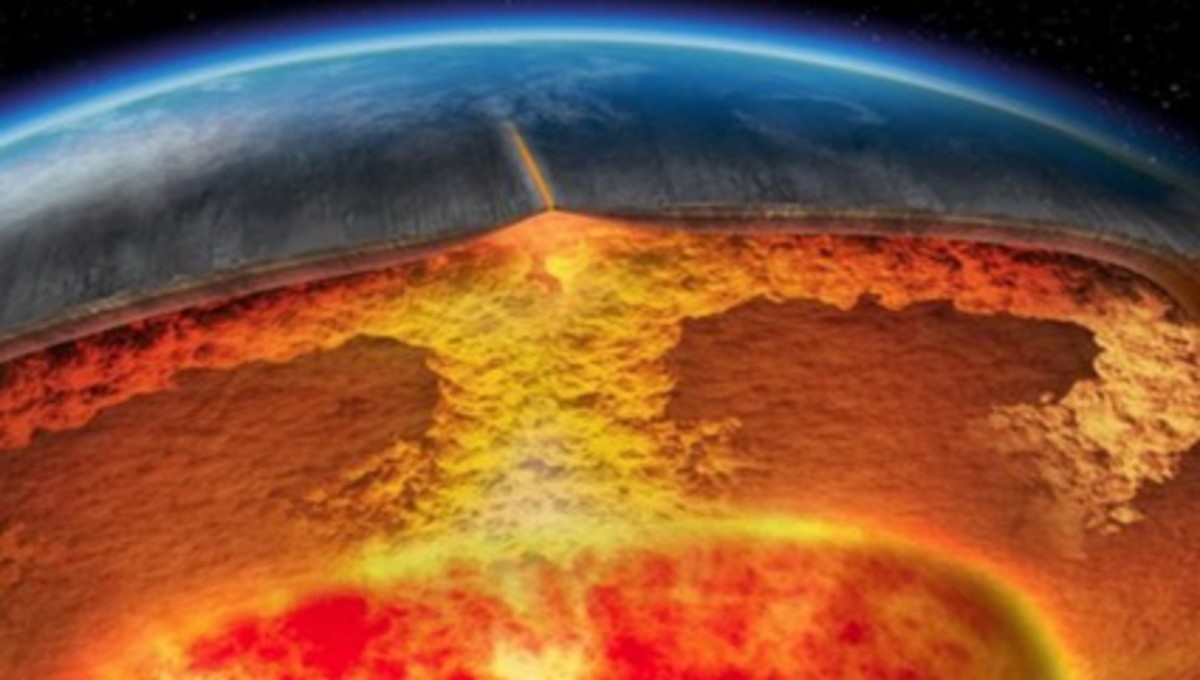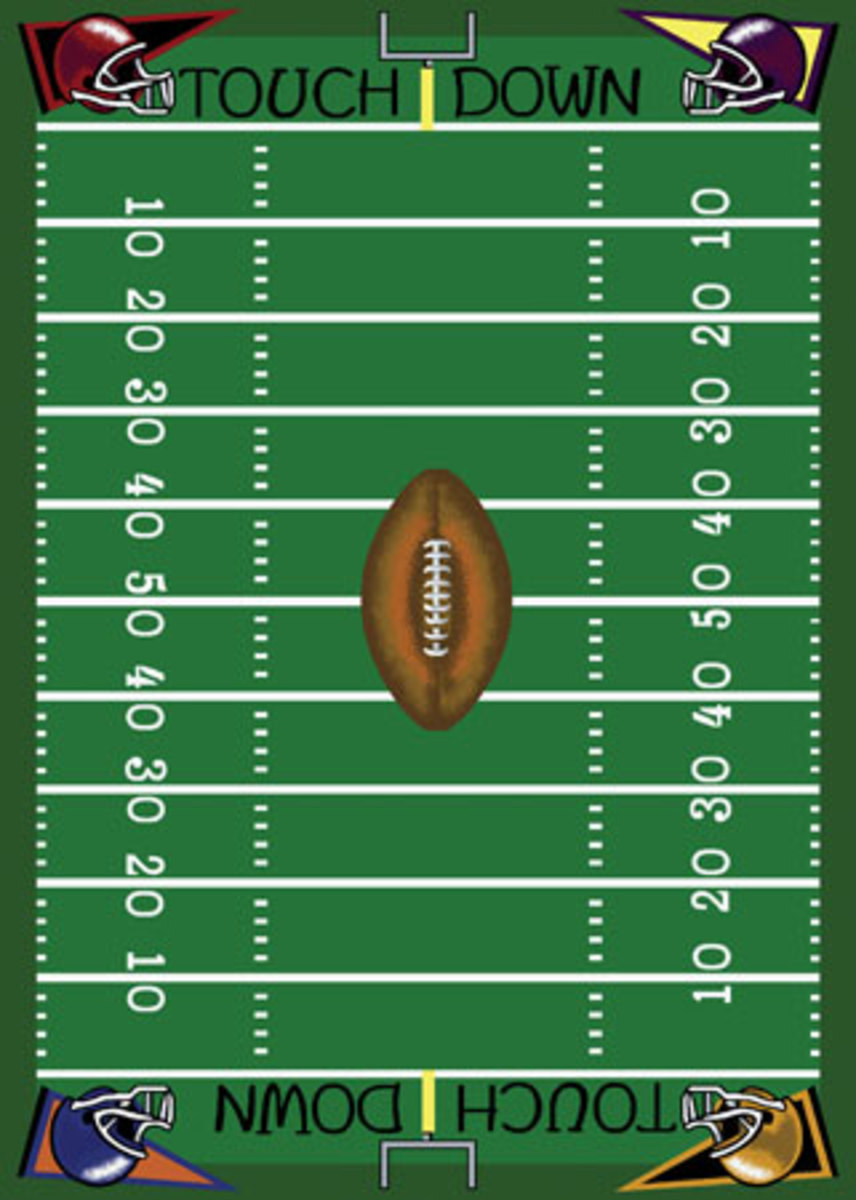What is Absolute zero?

Absolute zero is....
Well to start with absolute zero is the coldest temperature theoretically possible. It is considered to be a theory because it has not been reached by natural or artificial means. Technically it is the temperature marked at 0 entropy. The precise definition of absolute zero is 0 K or 0 Kelvin. In the celsius measurement scale this temperature is -273.15 and -459.67 in Fahrenheit.
To Chill a King
On a hot summers day, in 1620 the alchemist Cornelius Drebbel successfully to chill a King. His attempt chilled the air in the largest interior space in the British Isles, the Great Hall of Westminster, with the hope of shaking the King to his core. The experiment did indeed prove effective in cooling the air for King James the First and his entourage.
Like most alchemists, Drebbel kept his methods secret. If Drebbel had written up his great stunt he may have gone down in history as the inventor of air conditioning. It would be almost three centuries before this idea would take off.
The race to Absolute Zero
Now that we have the nuts n bolts of what Absolute Zero is lets dive into the history a little bit.
As early as 1665 the concept of a 'primum frigidum' or absolute lowest temperature was a well known concept. In New Experiments and Observations touching Cold, by Robert Boyle discussed the disputes about this zero point temperature. It had been contended that an absolute minimum temperature occurred with the earth as one of the so called four elements. Others believed this temperature to be within water, or air but all seemed to agree that there is some body or other that is of its own nature supremely cold and by participation of which all other bodies obtain that quality.
The concept of a lowest temperature was refined and first tackled properly by the french physicist Guillaume Amontons in 1702. On Amontons scale that zero value was the equivalent to about -250 on the Celsius scale. This close approximation was improved upon in 1779 by Johann Heinrich Lambert and the lowest temperature dropped to -270.
I hope that I have not bored you with this slight history lesson, these people do deserve their place in the history of absolute zero. It is easy to say that the race to Absolute Zero started with Lord Kelvin, so lets say that the great minds already covered were the builders of the race track and Lord Kelvin the starter shot.
What makes Lord Kelvin so special is that his approach to this question came from an entirely different point of view. He based his scale solely on the fundamental laws of thermodynamics instead of considering the properties of particular substances. This leap forward in understanding was made possible by J.P. Joule, who determined the mechanical equivalent of heat. The basic concept is often taught in schools and relates heat to the motion of molecules.
For in-depth information check these out!
Lowest temperatures observed
In nature as we have already discussed the temperature does not reach absolute zero. The average background temperature of the universe today stands at 2.73 kelvin, but has spatial fluctuations. An example I have only just learned of is the Boomerang Nebula. This Nebula has been spraying out gas at a 500,000 km/h over the last 1,500 years. Astronomical observation has calculated that this has cooled space down to 1k.
Lower temperatures have been achieved in a laboratory. The current world record (as of May 2009) was set in 1999 at 100 picokelvin and was achieved by cooling a piece of rhodium metal. From laboratory experiments that have innovated refrigeration, air conditioning and advancements in medicine to the future innovations that may lead to quantum computers we have many reasons to thank the first scientists for starting this race to zero K.











